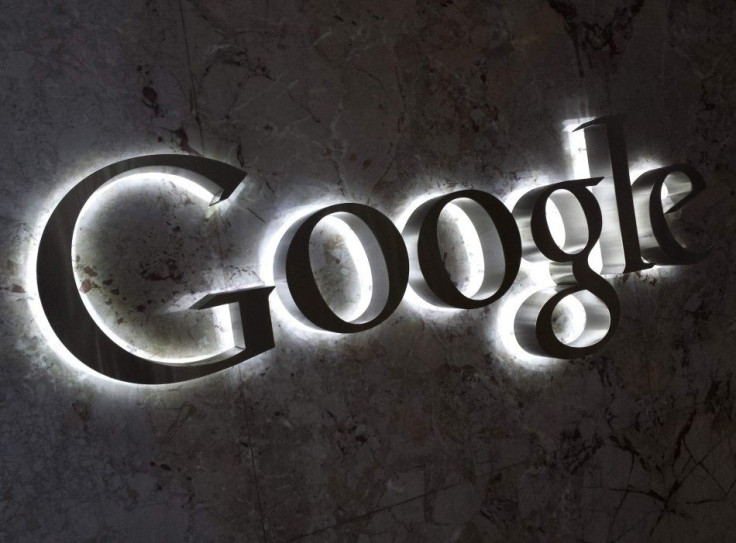'Google' Smart Contact Lenses Already Acquired 2 Patents: Detailed Functions Explained

"Google" Smart Contact Lens project has finally secured 2 patents last week for its new in-eye wearable sensors technologies. The patents acquired provide precise details on how the contact lenses will help future wearers with diabetes.
The Google Smart Contact Lens project was announced by Google January 16, 2014. More than the hype of containing a micro-camera, the project's main aim is to help people with diabetes. The contact lenses plan to achieve this by having the sensors ingrained to read chemicals in the tear fluid. Then, it alerts wearers when blood sugar levels reach dangerous levels.
The lens contains electronics that has sensors and antenna. A tiny hole in it allows for tear fluid to seep through into the lens safely for the sensors to detect blood sugar levels. The antenna goes hand in hand with the data gathered as it is communicated via a wireless device.
The patents shows everyone how the Smart Contact Lens technology will work for the human eye.
Google and its researchers intend to power and communicate the lenses by embedding one or two antennas. The project has also put away any possible obstruction to wearer's vision by positioning away the lens electronics to the eye's focus.
One of the many provisions in the patents say:
"An ophthalmic sensing platform can include a sensor, control electronics and an antenna all situated on a substrate embedded in a polymeric material formed to be contact mounted to an eye. The control electronics can operate the sensor to perform readings and can operate the antenna to wirelessly communicate the readings from the sensor to an external reader via the antenna."
Google Smart Contact Lens project has not officially announced yet what more it can provide. Still, the project promises to update the public for achieved improvements and breakthroughs.
CREDIT: Buzz60/ YouTube






